Do you work in manufacturing? The air you breathe at work can contain hazardous dusts, gases, fumes or vapours resulting from manufacturing processes or materials. Manufacturing workers can be exposed to hazardous air, including through:
- welding
- spray painting
- food production that creates dust, including flour dust
- working with wood
- resources and minerals processing, and
- medical products that release dust or fumes. Implementing the right control measures can eliminate or manage your workers’ exposure to these hazards and protect their lungs.
Some of the ways you can manage these risks are:
- limiting access to areas where dusts, gases, fumes and vapours are being released
- using engineering controls such as local exhaust ventilation and on tool dust extraction, and
- using appropriate personal protective equipment, including respiratory protective equipment.
Our Clean Air. Clear Lungs campaign website has case studies, information sheets and checklists to help PCBUs in the manufacturing industry to identify and manage the risks of exposure to dusts, gases, fumes and vapours associated with occupational lung diseases.
Why not check out the animations too?
